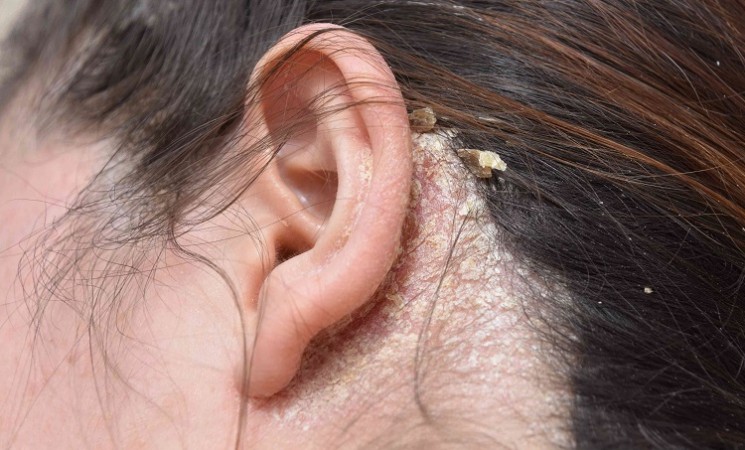
Seborrheic dermatitis is a common skin condition characterized by redness, itching, and flaking of the skin. It primarily affects areas rich in oil glands, such as the scalp, face, and upper chest. While the exact cause of seborrheic dermatitis remains unclear, factors like genetics, yeast overgrowth, hormonal changes, and certain environmental and health conditions can contribute to its development.
Causes and Symptoms and Causes:
Yeast Overgrowth: An overgrowth of a yeast called Malassezia on the skin is thought to play a significant role in seborrheic dermatitis.
Genetic Predisposition: Individuals with a family history of the condition may have a higher likelihood of developing it.
Hormonal Changes: Fluctuations in hormones, especially during puberty, can trigger seborrheic dermatitis.
Environmental Factors: Cold, dry weather or stress can exacerbate symptoms.
Symptoms:
Red, Inflamed Skin: Affected areas may appear red, greasy, and swollen.
Itching and Discomfort: Seborrheic dermatitis often causes itching, burning, or stinging sensations.Flaky Skin: Scales or flakes may appear on the skin, often accompanied by dandruff on the scalp.
Prevention and Precautions:
While seborrheic dermatitis may not have a definite cure, adopting certain preventive measures and precautions can help manage its symptoms effectively.
1. Proper Skin Care Routine:
Gentle Cleansing: Use mild, fragrance-free cleansers to wash the affected areas. Avoid harsh soaps or products that can further irritate the skin.
Regular Shampooing: For scalp involvement, using medicated shampoos containing ingredients like selenium sulfide, ketoconazole, or zinc pyrithione can help control flaking and itching.
2. Moisturize and Protect:
Moisturize: Apply non-comedogenic moisturizers to keep the affected skin hydrated without clogging pores.
Sun Protection: Protect the skin from excessive sun exposure by using sunscreen or wearing protective clothing, as sunlight can worsen symptoms.
3. Dietary Considerations:
Balanced Diet: Maintain a well-balanced diet rich in vitamins, minerals, and healthy fats. Some individuals find that certain foods or drinks, such as dairy or sugary items, can exacerbate symptoms. Keeping a food diary may help identify triggers.
4. Stress Management:
Stress Reduction Techniques: Practicing stress-relieving activities like meditation, yoga, or deep breathing exercises may aid in managing flare-ups.
5. Regular Medical Check-ups:
Consult a Dermatologist: If symptoms persist or worsen despite self-care measures, seek guidance from a dermatologist or healthcare professional. They can provide tailored treatment options, including prescription creams or medications, to alleviate symptoms.
Seborrheic dermatitis can be a chronic condition requiring ongoing management. While it might not be completely preventable, following a diligent skincare routine, maintaining a healthy lifestyle, and being mindful of triggers can significantly reduce its impact on daily life. Consulting with a healthcare professional for personalized guidance is essential for effective management and relief from symptoms associated with seborrheic dermatitis.
Don't Go Undiagnosed with Hypertension; Here Are Some Ways to Control It
World Malaria Report 2023: India's 66 Contribution to SouthEast Asias Malaria Cases